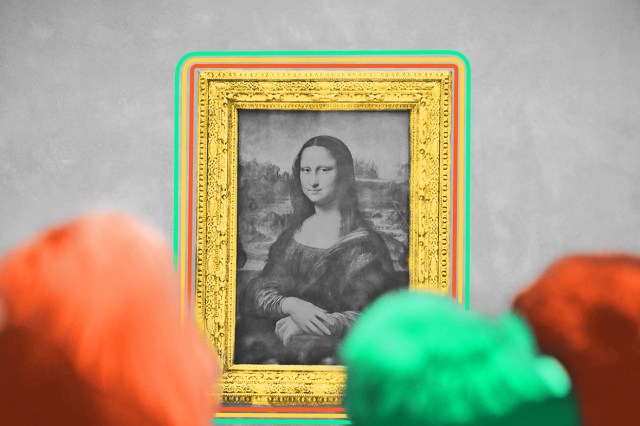| Today Leonardo da Vinci's "Mona Lisa" is probably the most famous painting in the world — and it deserves the accolade. Painted between 1503 and 1519, this portrait (commonly believed to be of Italian noblewoman Lisa del Giocondo) reflects the Renaissance polymath's deep understanding of his art form and has been analyzed in depth for decades, if not more. Although certain sectors of the art world regarded the portrait as a masterwork by the 1860s, the general public knew little about it until the 20th century. Then, the unthinkable happened — the "Mona Lisa" was stolen. In the early morning hours of August 21, 1911, after spending the night hiding in an art-supply closet in the Louvre, three Italian "handymen" snuck over to the "Mona Lisa," unhooked it from its protected location, tossed a blanket over their pilfered prize, and snuck away undetected, boarding a train at the Quai d'Orsay station at 7:47 a.m. The theft became an international scandal, and newspapers around the world ran stories about the more than two-year-long search for the missing masterpiece. Finally, in December 1913, the painting was found in Florence, Italy, after an attempted sale by the heist's ringleader, Vincenzo Perugia — who had actually worked at the Louvre for a time, installing glass cases over the paintings. The treasure then went on a tour of Italy until it returned to the famous French museum in early 1914. Although the "Mona Lisa" and her mischievous smile survived unharmed, the painting's reputation had changed forever, with the many headlines about the theft making her a household name that has endured to this day. | 





No comments:
Post a Comment